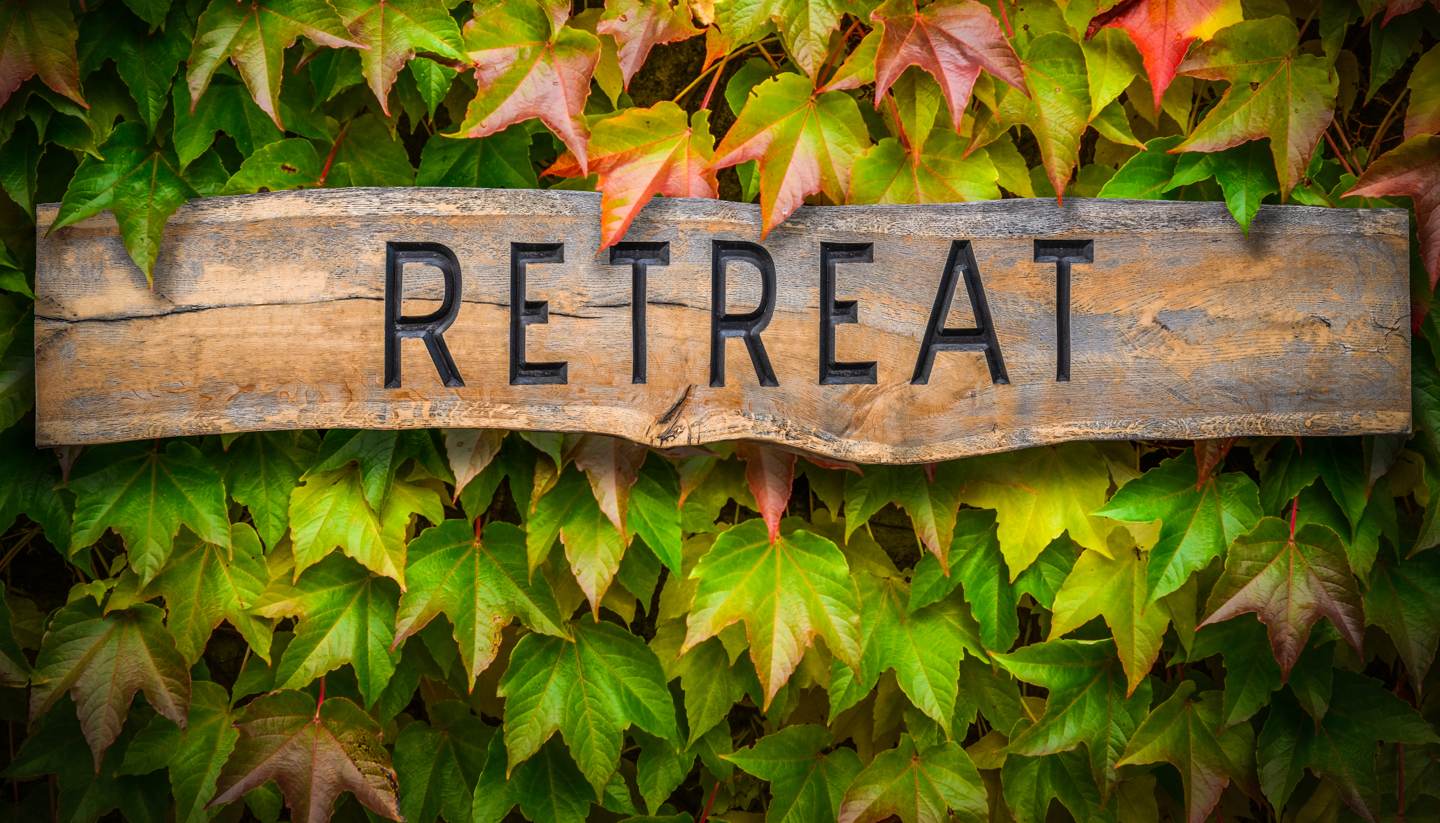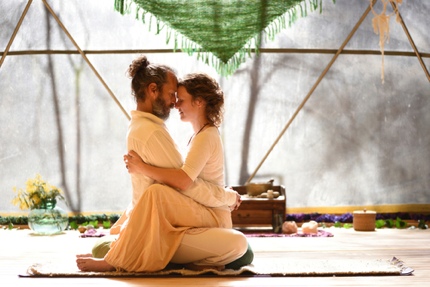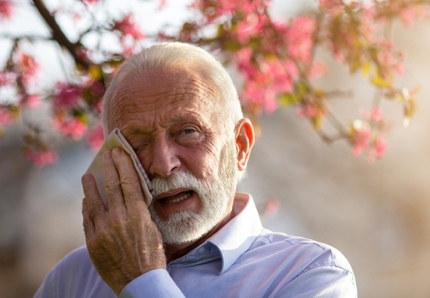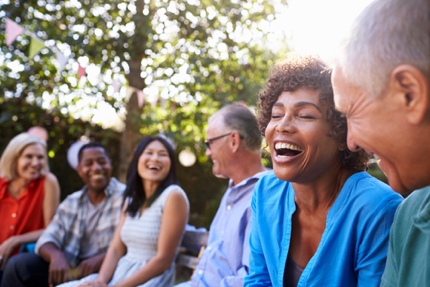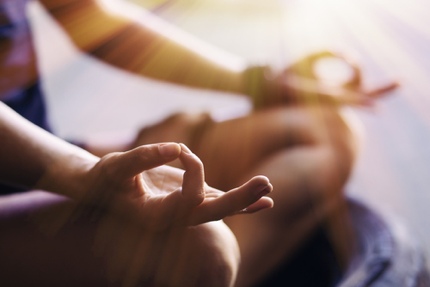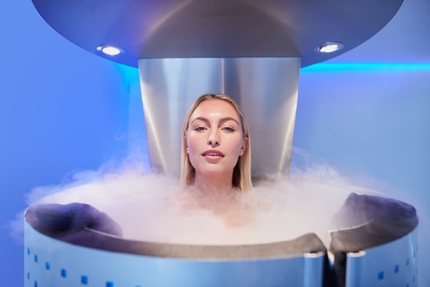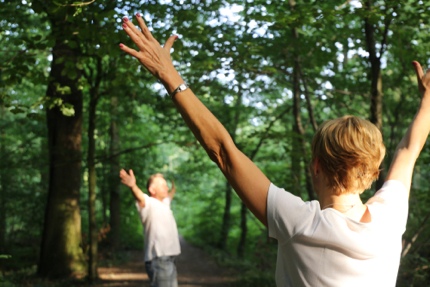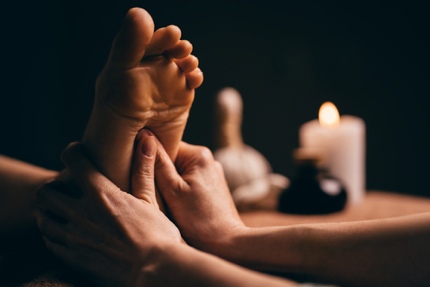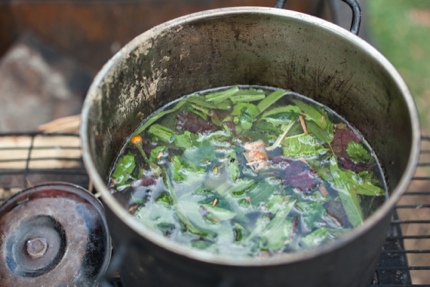We round up unique retreats that adventurers seek out to soothe both body and mind
If traditional spas leave you feeling cold and meditation makes you drowsy, check out these 12 alternative wellness retreats that may change your life.
1. Tantric sex
If feelings of euphoria are your holy grail, consider a tantric sex retreat. The musician Sting and his wife Trudie Styler are said to enjoy hours of tantric sex, which is a yoga-based practice that aims to heighten one’s sexual energy through meditation, massage, and breathing techniques. By connecting mindfulness and sexuality, men are said to improve stamina while women can achieve orgasms that last longer and are more powerful.
2. Halotherapy or salt therapy
The benefits of inhaling salt-enriched air were known since the 12th century and documented in the 19th century when a Polish physician Dr Boczkowski noticed that salt miners did not develop respiratory problems as workers from other types of mines. Since then, natural salt caves, or treatment rooms that simulate an underground salt cave, have been used to treat patients with respiratory ailments, anything from asthma to eczema. Today, whether or not halotherapy actually works is debatable, but that doesn’t stop people from seeking out a salt room and taking a well-earned breather.
3. Radon therapy
Instead of inhaling tiny salt particles, those suffering from intense pain may choose to breathe in radioactive radon gas, produced when radium and uranium decay. Using radon to treat pain first emerged in 1951 when an American woman discovered that her bursitis disappeared after visiting the radon mine in Montana a few times. With excellent reports of pain relief, soon more and more people asked to access the mine, prompting the owner to cease mining operation and turn it into a health destination.
Apart from the USA, you can also get radon therapy in Germany and Austria – some spas even provide radon baths, so you can absorb the element through the skin.
4. Crying therapy
Did you know that humans are the only species that cry as an emotional expression? Other animals shed tears, but they do it in response to a chemical or physical reaction, like using tears to clean their eyes. We humans, on the other hand, cry when we experience pain, grief, helplessness, empathy, even happiness, among other emotions. And after a good cry – after releasing pent-up emotions – we somehow feel better and calmer.
This has led some Japanese to crying therapy, known as ruikatsu, in which participants are encouraged to weep out loud. To get the emotions flowing, a ‘crying therapist’ uses sad stories and mournful readings to coax tears from the participants. Before you go, remember to pack a few handkerchiefs.
5. Laughter yoga
A subscriber to the notion that laughter is the best medicine, Dr Madan Kataria established the world’s first Laughter Club in 1995. Every morning he would meet a handful of “patients” in a Mumbai park and administer his jokes. Soon hundreds were turning up, and laughter, which is infectious, got everyone laughing even at nothing in particular. Funnily enough it worked: today laughter yoga, as it is now known, is practised by 20,000 free social Laughter Clubs in 110 countries.
6. Vipassana or silent retreat
The modern mind has little time for rest – we seem to spend much of our free time on social media, worrying about the future, and engaging in conversation about the weather. If you aren’t allowed to do any of these things, how long could you last?
Vipassana (meaning “to see things as they really are”) retreats are here to help those who want to reduce the pressure of external influences and purify the mind and body through self-observation. Participants must observe noble silence – the silence of body, speech and mind – while leading an austere life and attending several meditation sessions throughout the day for ten days. It may sound intense, but almost all participants acknowledge the life-changing benefits it brings.
7. Cryotherapy
If you’re after a health kick, consider stripping down to a bathing suit and spending three minutes in a cryo chamber where nitrogen is used to lower the temperature to -110°C (-166°F) or beyond. When your body feels the sharpness of the cold, it will trigger the natural defence mechanism, which in turn will improve blood circulation and increase the metabolic rate, making you feel startlingly invigorating. Apparently, athletes have been using cryotherapy to treat sports-related injuries for decades, and now it’s the public’s turn to don a pair of slippers and step into a giant fridge.
8. Forest bathing
Originated in Japan, forest bathing or shinrin-yoku is about being in the presence of trees and paying attention to our five basic senses – touch, sight, hearing, smell and taste – through mindfulness exercises. It isn’t about hiking or counting steps though, in fact your teacher will guide you slowly, seemingly going nowhere, allowing nature to connect with you and use its power to improve your overall feelings of wellbeing.
9. Prison pampering
A visit to a Thai correctional institution may seem more like holiday hell than a wellness weekend, but things are different in Chiang Mai, a beautiful city in northern Thailand. Here, the Women’s Correctional Institute has trained inmates offering massage services to the general public as part of a programme that helps them integrate into society. A visit here will soothe both your aches and your conscience, as any wages and tips are kept aside for prisoners upon release – an enlightened idea.
10. Iboga retreat
In the pristine forests of Gabon, the path to enlightenment is paved with a potent hallucinogen known as ibogaine, produced from the roots and bark of the iboga shrubs that grow wild across West Africa. The Punu and Mitsogo tribes use ibogaine when performing spiritual rituals known as bwiti, where a n’ganga (shaman-like leader) heals or guides participants who experience a psychedelic high so intense that most describe it as an out-of-body experience.
Beware that this is not for everyone – the physical exertion required by travelling into a remote Gabonese jungle and spending many nights with a n’ganga may be too exhausting for some, not to mention the adverse reactions you may suffer after consuming the iboga.
11. Ayahuasca retreat
Once a sacred ritual of indigenous Amazonian tribes, ayahuasca (“vine of the spirits”) is now embraced by tourists who seek spiritual experiences in Peru and Brazil. As the name suggests, it refers to a brew made from leaves and vines that contain powerful psychedelic compounds. Once consumed, most people report floating in an unknown realm, but some also experience intense crying and vomiting.
If none of the above does the trick…
12. Orgasmic meditation
Orgasmic mediation, or OM as it is known to participants, is about allowing one to feel intensely pleasurable sensations when a fully-clothed partner methodically strokes a woman’s clitoris for 15 minutes. OneTaste, the company that promoted the trend, has been tied to allegations of sexual abuse and financial manipulation, but that hasn’t stopped other offshoots from offering the service.
You may also like:
- Bathe thyself: Searching for the ‘Kneipp Cure’ in Germany
- The 10 best pilgrimages for modern travellers
- Undiscovered Ethiopia: Abuna Yemata Guh in Tigray
This post was updated in June 2021.
